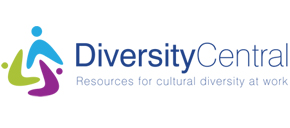After attending a conference concerning human trafficking in January, I felt compelled to delve further into this issue. In researching for my article, I discovered the horrors behind the world’s fastest growing illegal industry. Quickly, I knew that one of the most important things for the community to do to combat the different methods of trafficking is through education.
As films such as Lincoln celebrate the man who abolished slavery, one cannot help but feel a swell of pride at how far society has progressed since slavery divided our great United States of America. There are indicators, however, that we may not be as far removed as we think. Human trafficking is a modern form of slavery, and it is the fastest growing illegal industry in the world.
The United Nations defines human trafficking as: “The recruitment, transportation, transfer, harbouring or receipt of persons, by means of the threat or use of force or other forms of coercion, of abduction, of fraud, of deception, of the abuse of power or of a position of vulnerability or of the giving or receiving of payments or benefits to achieve the consent of a person having control over another person, for the purpose of exploitation.”
Victims of human trafficking are both males and females of varying ages from around the globe. And though prostitution and commercial sex trafficking get most of the “lime-light,” trafficking also occurs through forced labor. Settings for forced labor include the domestic, hotel, factory, restaurant, and agricultural realms.
There are four major types of trafficking as defined by the Trafficking Victims Protection Act of 2000 (TVPA): sex trafficking, bonded labor, forced labor, and child labor. Victims of sex trafficking are subjected to various forms of commercial sexual exploitation including pornography, live sex shows, mail order brides, prostitution, stripping, sex tourism, and military prostitution.
To read more, visit: http://www.diversitycentral.com/tools_and_resources/globaldiversity.php
